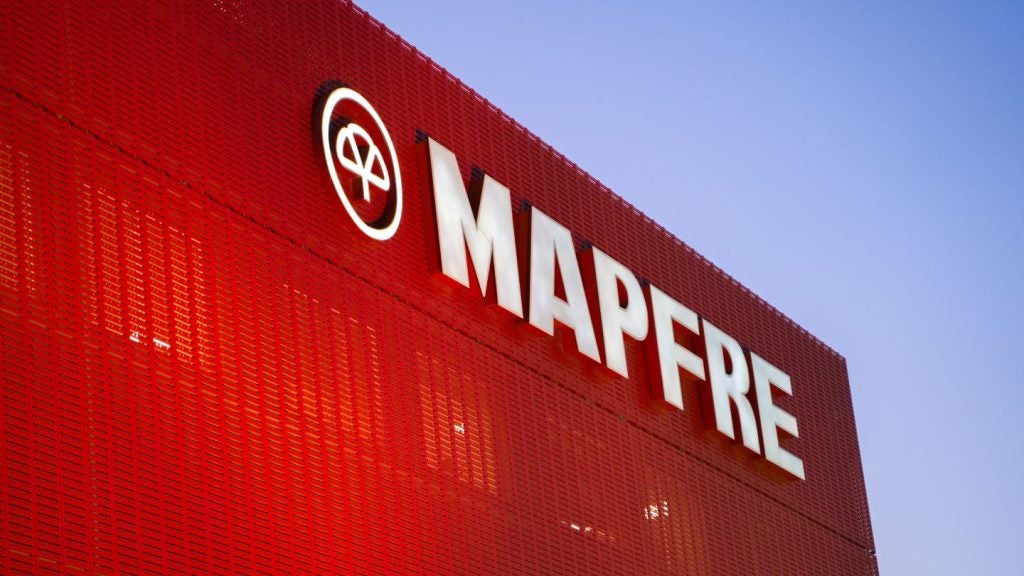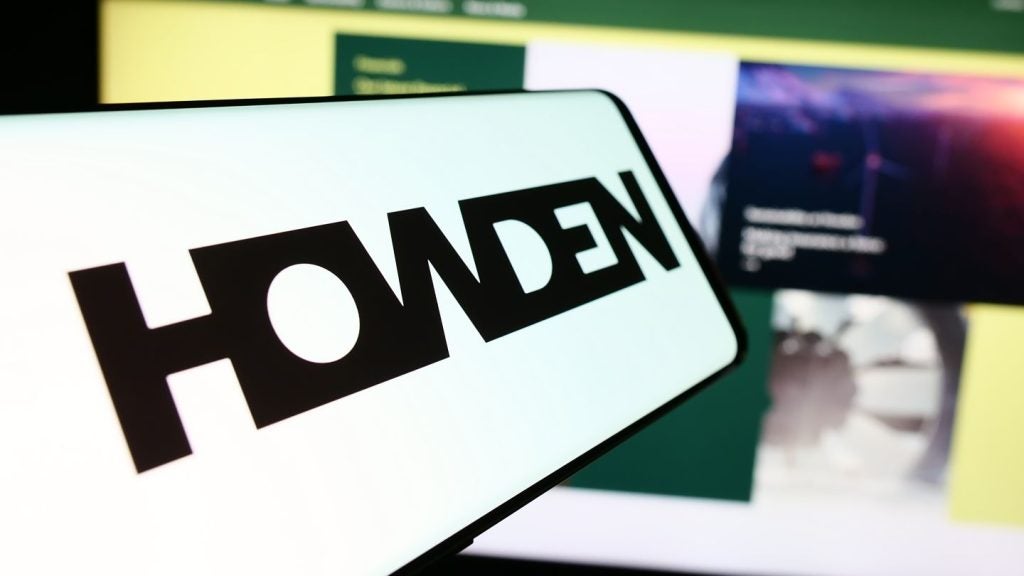Variable annuity writers’
easy-money days were brought to an abrupt end by the financial
crisis, prompting a restructuring of product offerings. However,
adjustments made are seen as inadequate by consultancy Milliman
which has proposed a new model that will benefit insurers and
consumers alike.
Though US individual variable annuity
(VA) sales ended 2009 on a slightly better note than the previous
year, data from research and consulting firm LIMRA provides little
convincing evidence that a sustainable recovery is underway.
According to LIMRA, VA sales in the fourth
quarter of 2009 of $32.6bn were up 2.8% compared with the previous
quarter but still down 3% compared with the last quarter of 2008.
The fourth-quarter sales decline was the seventh consecutive
year-on-year decline.
Overall VA sales in 2009 were down by 18.4%
($28.7bn) compared with the previous year at $127bn. VA sales in
2008 were 15.4% ($28.4bn) lower than those in 2007.
“The last time VA sales were at this [2009]
level was in 2003, at the end of the last financial crisis,” said
Joe Montminy, assistant vice-president and research director for
LIMRA’s annuity research. He added that VA sales experienced
significant losses between the third quarter of 2008 and the first
quarter of 2009 and despite an improvement in sales, the recovery
is progressing slower than expected.

US Tariffs are shifting - will you react or anticipate?
Don’t let policy changes catch you off guard. Stay proactive with real-time data and expert analysis.
By GlobalDataDisappointing sales in 2009 were recorded
against a background of an insurance industry which had been
hard-hit by equity-related losses on with generous
guarantees. The Standard & Poors 500 Index (S&P 500) fell
52% between December 2007 and March 2009. This collapse followed
five years of gains averaging 10.2% annually.
Laura Bazer, a senior credit officer with
rating agency Moody’s Investor Services, noted that the collapse of
the equity market impacted insurers in a number of ways, including
reducing fees earned on VA portfolios. More damaging to profits and
capital resources were escalating reserve requirements to support
guaranteed living benefits, rising hedge costs and the write-down
of deferred acquisition costs and intangible assets.
Insurers reacted to this dire situation by
ratcheting up VA product prices and launching what are – for them –
lower risk products because of reduced guaranteed benefits and/or
greater policy restrictions. Insurers are also aiming to make new
VA products easier to hedge.
Repricing and product de-risking came despite a
robust recovery in the US equity market that saw the S&P 500
rise by almost 20% during 2009 and by 65% between the market low in
March 2009 and year-end.
However, change was inevitable and unavoidable,
believes consultancy Oliver Wyman, which in a study published in
March 2009 noted that most top-selling VA products on the market
offered guarantees that could not be maintained at prevailing fee
levels.
Indicative of the rate of product change in the
VA market, The Insured Retirement Institute reported more than 450
new VA product prospectuses were filed in 2009. The IRI, a
non-profit body, was formally the National Association of Variable
Annuities.

Prudential takes top
position
Last year also saw a number of major
changes in the ranks of the top VA producers, as some opted to cut
back drastically on their market participation while others used
their financial strength as a growth opportunity.
Among the biggest changes in the growth
category was that of Prudential Financial, which surged from sixth
position in 2008 to first position in 2009 on the back of a 57.9%
increase in VA sales to $16.11bn.
Prudential’s performance was accompanied by a
strong message from senior management that sales growth reflected
the insurer’s financial strength.
“Turbulent financial market conditions in the
recent past gave us an exceptional opportunity to enhance our
competitive position, and we have done so,” said Prudential’s
chairman and CEO John Strangfeld in his review of 2009 results.
Prudential has also stressed that it is not
pricing aggressively to gain market share and risk future
profitability. Prudential reported a net profit of $3.41bn in 2009,
compared with a net loss of $1.14bn in 2008.
Also riding high thanks to its financial
strength was Jackson National Life, a wholly-owned subsidiary of US
insurer Prudential. Jackson National leapt from 12th in 2008 to
fourth in 2009 following a 23.1% increase in sales to $10bn.
“Given the significant disruption in the US
annuity market brought about by the financial crisis, advisers and
their clients are increasingly placing business with providers that
have demonstrated financial stability and consistency in their
product suite,” commented Jackson National’s chief distribution
officer, Clifford Jack.
“Jackson has clearly benefited from this flight
to quality,” he added.
For the most part, however, 2009 was
characterised by declines in sales by major VA players.
Particularly notable was Hartford Financial
Services’ Harford Life unit’s slide from ninth in 2008 to 15th in
2009 due to a two-thirds fall in sales, from $7.9bn in 2008 to
$2.66bn.
The slump in Hartford’s sales followed a
decision to reduce risk and conserve capital in the wake of a
$1.2bn loss in the first quarter of 2009 and a cumulative net loss
of $4.7bn in the previous three quarters. A significant proportion
of the losses were attributed to VA products.
Hartford launched a new VA product in October
2009, which it said reduced its equity risk exposure but conceded
would require significant effort to get it established in the
market.
In 2009 Hartford also suspended sales in Japan,
a VA market where it had been a pioneer, closed its VA operation in
the UK and shelved plans to establish a VA operation in Germany.
Hartford was one of two insurers to accept assistance under the US
Treasury’s Troubled Asset Relief Program.
Following a parallel path to that of Hartford,
Dutch insurer ING also saw a slide in sales following a decision to
reduce risk in its US business. ING’s derisking strategy entails
greatly reducing exposure to and fixed annuities and focusing
on individual life and retirement services.
Indicative of this strategy change, ING’s VA
sales in 2009 fell by 51% compared with 2008 to $13.84bn, while its
market share fell from 8.9% in 2008 to 5.3%. Equally telling, ING’s
market share in the fourth quarter of 2009 was 4.1%, down from 7.3%
in the first quarter of 2009.
Radical VA model change
Though change is underway in the VA
market, Ken Mungan and Deep Patel of consultancy Milliman argue
that a more far-reaching approach is required.
“It is not clear that the life insurance
industry can continue to offer VAs without fundamentally changing
the manufacturing process for the creation and management of
variable annuities,” Mungan and Patel said in a study
Sustainable Manufacturing of Variable Annuities published
in March 2010.
Mungan is head of Milliman’s financial risk
management practice and Patel a consulting actuary with the firm.
Milliman is also closely involved in hedging strategies with
programmes outsourced to it including some $500bn in indexed
annuities, variable annuities and fixed annuities, representing 6m
policies.
In their study Mungan and Patel explained that
under the existing VA business model, the customer’s assets are
invested in stock and bond funds and the insurer charges a fee for
guarantees. A mark-to-market liability and the hedge assets
associated with the liability reside on the insurer’s
general-account balance sheet.
“During periods of market turbulence, this
business model will experience stress,” the authors added, saying
that the cost of funding the hedge programme will vary with market
conditions, but the fees received by the insurer do not vary.
In addition, the mark-to-market assets and
liabilities on the insurer’s balance sheet can vary significantly
during these times. Both these factors are likely to cause
“material fluctuations” in the insurer’s quarterly earnings, they
noted.
“Insurers have taken many actions to address
these issues, including diluting the strength of guarantees,
increasing fees, and replacing some actively managed funds with
index funds,” Mungan and Patel said. “However, all of these actions
assume the continuation of the existing VA business model, seen as
a zero-sum game: For the insurer to prosper, customer value must be
reduced.”
A new VA model
Mungan and Patel’s propose a new model
which they call the Sustainable Manufacturing Model (SMM). The
model is complex but in essence aims to position insurers to earn
stable returns from VAs.
Three fundamental changes to the VA product
model are proposed:
- Inclusion of capital market hedges directly
within VA funds; - Designing asset allocation models to target a
specified portfolio volatility; and - Redesigning guarantees to reduce their
interest-rate risk.
On the inclusion of capital market hedges
directly within VA funds Mungan and Patel said traditionally,
insurers use fees paid by customers to purchase hedges designed to
pay claims resulting from a market decline.
Including hedges within VA funds eliminates a
major driver of an insurer’s guarantee costs and eliminates the
insurer’s exposure to fluctuations in hedge costs.
Rather than being viewed as a cost, hedges in
the SMM are an asset allocation choice and to obtain a guarantee
customers must allocate their assets to stocks, bonds and hedges,
explained Mungan and Patel.
They continued that while an insurer is, as in
the traditional model, still exposed to the risk of long-term
underperformance of the hedge programme, short-term profit
volatility is significantly reduced when hedges are included in VA
funds.
“This changes the insurer’s liability in a
fundamental way,” they said. ”The insurer’s liability is calculated
net of the hedging activity, which is occurring within the VA
funds. This tends to reduce and stabilise the liability reflected
on the insurer’s balance sheet.”
Portfolio volatility
Turning to asset allocation Mungan and
Patel said that under the traditional VA model a typical VA product
may have five asset allocation models: conservative, moderately
conservative, moderate, moderately aggressive, and aggressive. Each
model targets a specified equity allocation, such as 30%, 45%, 60%,
70% and 80%.
They continued that equity allocation is only a
proxy for risk. However, they stressed, it is highly advantageous
for insurers to target the level of risk directly. To achieve this
under the SMM each asset allocation model would target a specific
portfolio volatility, which could, for instance, range from 6% to
14%.
 Under the SMM, as equity market volatility increases,
Under the SMM, as equity market volatility increases,
fund managers would shift assets from equities to bonds. Similarly,
as market volatility declines, assets are shifted from bonds to
equities. This could be achieved by using a hedge overlay.
For customer’s asset allocation models that
include volatility management offer benefits, added Mungan and
Patel. For example, a prompt response to signs of volatility can
reduce falls in asset value.
In addition, under the traditional approach,
the level of portfolio risk is allowed to increase unchecked during
a market crisis. For example, a 60% equity portfolio may be
moderate risk most of the time, but during a crisis customers may
be dissatisfied with the level of losses.
Guarantees
During the global financial crisis,
insurers tended to focus on capital market risks, said Mungan and
Patel. However, they stressed that it is also important to manage
customer behavioural risks in , a factor the SMM addresses.
For example, they explained, it is possible
that the US will experience rising interest-rates as the Federal
Reserve withdraws its accommodative monetary policy. If rates move
up dramatically, VA customers may opt for traditional fixed-rate
products. Such disintermediation risk can be reduced by adopting
product designs that are less interest-rate sensitive, Mungan and
Patel said.
They added that another way of reducing
behaviour risk is by incorporating hedge assets into underlying VA
sub-accounts. Under the traditional model, hedge assets reside on
the insurer’s balance sheet.
“Any situation that leads to a negative
mark-to-market on the hedge assets creates a disintermediation
risk,” said Mungan and Patel. “In simple terms, customers withdraw
their funds and leave the insurer with hedge losses.”
No easy task
Mungan and Patel said initial response
to the SMM indicate that VA writers will likely take an incremental
approach to implementing it, choosing specific elements of the
model. In addition, insurers may follow the traditional approach
for some products and adopt elements of the SMM for others.
They continued that some VA writers are
investigating changes that are extensions of the SMM. For example,
one possibility is to have the fee for a VA guarantee fluctuate
within a range based on observable values. These could include
treasury bill rates or realised volatility on the equity
market.
“A relatively small range between a minimum and
a maximum fee can materially stabilise the risk profile of VA
guarantees,” they said.
Mungan and Patel conceded that implementing the
SMM would not be easy. Among major challenges, insurers will need
improved systems for design, analysis and management of the
proposed products.
Asset management also presents a major
challenge.
“Traditional asset managers are generally not
well positioned to manage hedge assets within VA sub-accounts,”
said Mungan and Patel. “They have established their brands around
intelligent security selection, but, in general, they do not have
in-depth knowledge of the risk management involved in VA
guarantees.”
Human resource challenges go further. Vital to
success of SMM products will be full backing from advisers.
“Life insurers must secure the enthusiastic
support of their distribution force for new products to be
successful,” stressed Mungan and Patel.
“In return for overcoming these challenges,
there are significant benefits for companies that succeed in this
effort,” said Mungan and Patel. “The capital market and behavioural
risks associated with VA guarantees can be materially reduced. The
new paradigm may offer a way to achieve both profit margins and
sales goals.”
Mungan and Patel observed that significant
change is underway in the VA market. “We can expect a new market
equilibrium to emerge over the next 12 months to 24 months,” they
concluded.
|
US VARIABLE ANNUITY |
|||
|
Sales |
|||
|
2009 |
|||
|
Sales ($bn) |
% change* |
Market share (%) |
|
|
Prudential Annuities |
16.11 |
57.9 |
12.67 |
|
MetLife |
15.4 |
-13 |
12.13 |
|
TIAA-CREF |
13.92 |
-3.5 |
10.94 |
|
Jackson National Life |
10 |
23.1 |
7.96 |
|
Lincoln Financial |
7.96 |
-28.5 |
6.27 |
|
AXA Equitable |
7.48 |
-56.2 |
5.86 |
|
ING |
6.71 |
-51.5 |
5.28 |
|
RiverSource Life |
5.52 |
-41.6 |
4.34 |
|
John Hancock |
5.29 |
-44.7 |
4.16 |
|
AIG |
4.75 |
-54.6 |
3.73 |
|
Top 10 |
93.14 |
-33.6 |
73.34 |
|
Next 10 |
24.28 |
-13.9 |
19.1 |
|
Other |
9.58 |
10.2 |
7.56 |
|
Total sales |
127 |
-18.4 |
100 |
|
*Compared with |
|||
|
US VARIABLE ANNUITY |
||
|
Sales |
||
|
2008 |
||
|
Sales ($bn) |
Market share (%) |
|
|
TIAA-CREF |
14.43 |
9.27 |
|
MetLife |
13.95 |
8.97 |
|
ING |
13.84 |
8.89 |
|
AXA Equitable |
13.38 |
8.6 |
|
Lincoln Financial |
11.13 |
7.15 |
|
Prudential |
10.2 |
6.55 |
|
John Hancock |
9.56 |
6.14 |
|
AIG |
8.22 |
5.28 |
|
Hartford Life |
7.89 |
5.07 |
|
Pacific Life |
7.82 |
5.04 |
|
Top 10 |
110.42 |
70.96 |
|
Next 10 |
34.51 |
22.18 |
|
Other |
10.67 |
6.86 |
|
Total Sales |
155.6 |
100 |
|
*Compared with 2008 Source: LIMRA |
||







